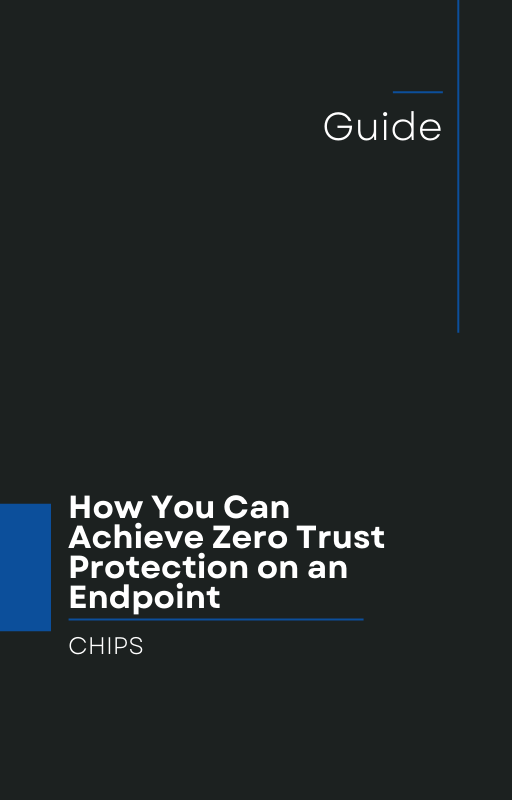A recent report from HackRead reveals that the notorious Chinese state-backed hacking group Volt Typhoon successfully infiltrated a US electric utility’s systems—undetected—for nearly a year.
This sophisticated cyberattack is a stark reminder of the evolving threats businesses face today.
While the attack primarily targeted critical infrastructure, it underscores a critical weakness in cybersecurity strategies that many businesses still rely on: Detect and Respond. The Volt Typhoon breach highlights why organizations must shift to Isolation and Containment, an approach that prevents malware from executing in the first place—rather than scrambling to mitigate damage after a breach.
What Happened?
Volt Typhoon, a cyber-espionage group linked to the Chinese government, used stealthy, living-off-the-land (LotL) techniques to evade detection. Rather than deploying traditional malware that can be identified and blocked, they leveraged legitimate system tools to blend in with normal network activity. This allowed them to maintain persistent access to critical systems for nearly a year without triggering alarms.
This type of attack is particularly concerning because it bypasses traditional antivirus solutions and endpoint detection and response (EDR) tools that rely on signatures and behavioral analysis to identify threats. By the time security teams detect an intrusion like this, the damage is often already done.
Why This Matters for Your Business
If a state-sponsored threat actor can infiltrate critical US infrastructure without detection for nearly a year, imagine what cybercriminals could do to your business. Whether you run a small business or a large enterprise, the same flaws exist in your cybersecurity defenses if you rely on outdated detect-and-respond strategies.
Attackers no longer need to rely on easily detectable malware—LotL tactics allow them to operate within your systems using legitimate tools, making them nearly invisible to traditional security solutions. This means businesses must stop assuming they can detect threats in time and instead focus on preventing them from executing in the first place.
The Case for Isolation and Containment
The Volt Typhoon attack illustrates why companies must move beyond Detect and Respond to Isolation and Containment. This approach ensures that even if an attacker gains initial access, they are unable to execute malicious actions or move laterally within the network.
This is where AppGuard excels. Unlike traditional EDR solutions that attempt to detect threats as they unfold, AppGuard prevents malicious code from executing altogether—stopping threats before they can cause harm.
AppGuard’s patented zero-trust containment technology enforces strict controls on system processes, ensuring that even if an attacker gains a foothold, they cannot use living-off-the-land techniques to remain undetected.
Don’t Wait for a Breach—Act Now
Cyberattacks like the Volt Typhoon infiltration are becoming more sophisticated and harder to detect. If your security strategy is still relying on detection-based solutions, you’re leaving your business exposed.
It’s time to shift to Isolation and Containment with AppGuard—a proven endpoint protection solution with a decade of success that is now available for commercial use.
Don’t wait until your business is the next headline. Contact CHIPS today to learn how AppGuard can prevent breaches before they happen.
Like this article? Please share it with others!

March 29, 2025

Comments